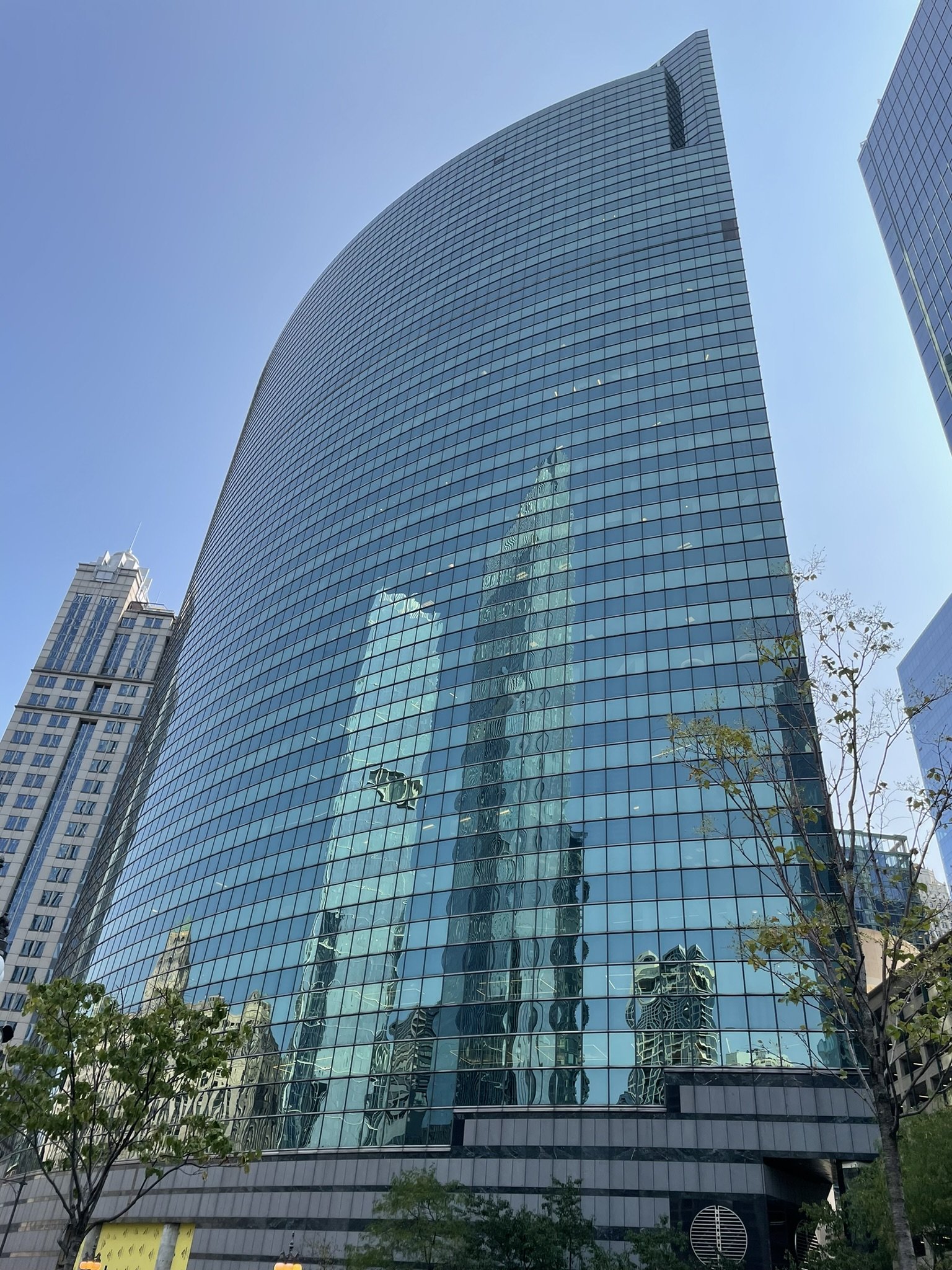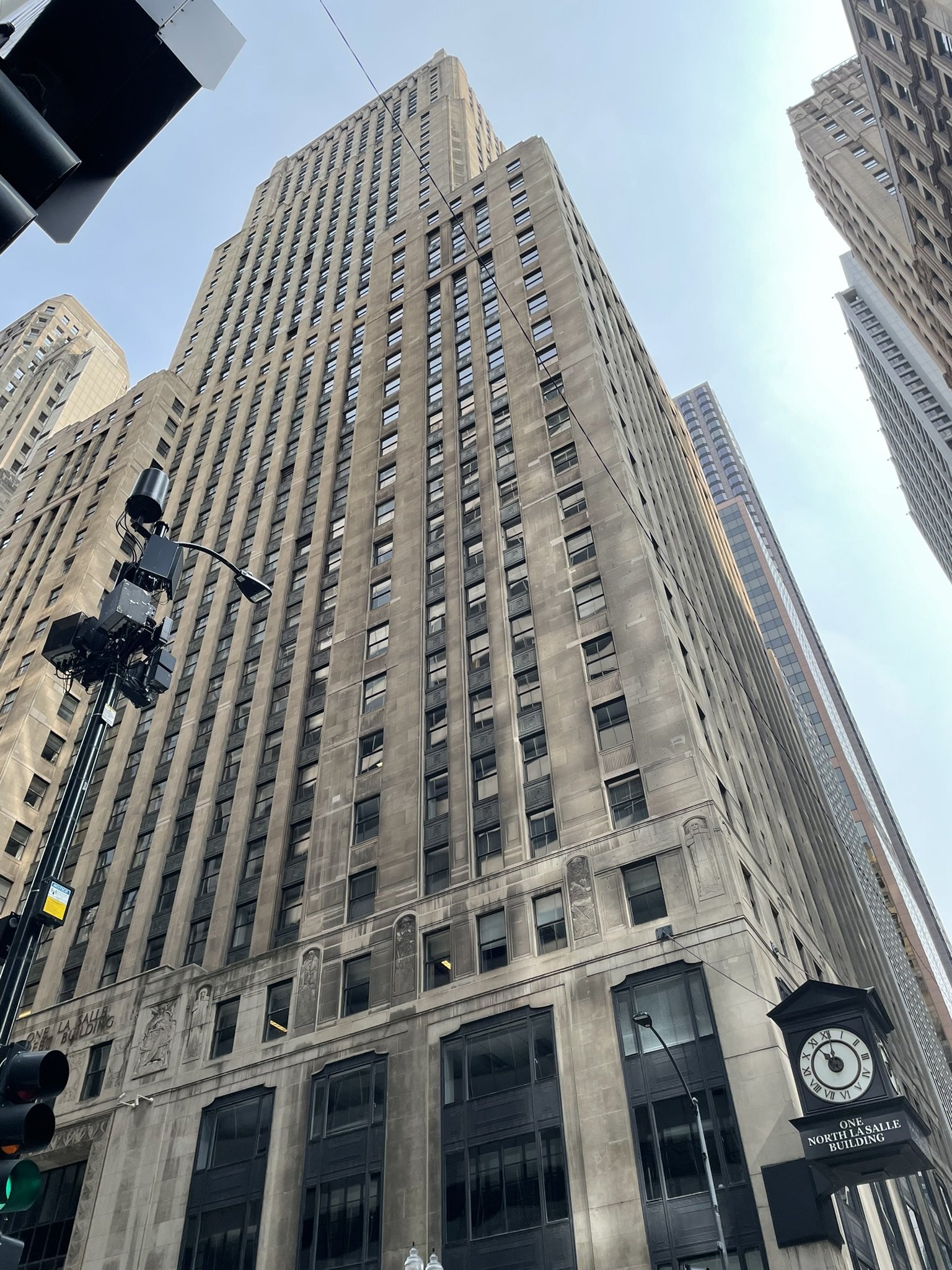The objective of this article is to investigate the various nuances between Class A, B, and C office suites while exploring the acuity of the Chicago office market and its trends.
One sneeze and the world came to a freeze. COVID-19 changed the very foundation of our world, its global markets, and the submarkets in which we participate and live. It forced a shift in our definition of what is considered an acceptable social distance and created the perfect storm for an adaptation of work-life balance. Thus, a remote work environment was almost effectuated overnight, revolutionizing the way billions of people spend their professional time.
This novel, post pandemic mise-en-scène catapulted the real estate office market into new territory, changing the very premise of supply and demand. Despite these unprecedented quandaries, the office market in the Chicago Central Business District (CBD) has adjusted accordingly, creating an innovative and competitive leasing environment.
Since remote work commenced, numerous companies and tenants began to shrink their office footprint as employees transitioned to a hybrid work environment. Now that the pandemic has ceased, many companies are trying to entice their employees back into the office to encourage and foster a more collaborative work setting. This has caused an insatiable desire for superior office space and has generated an ultra-competitive market, completely changing the supply and demand of the CBD with relation to landlords and tenants.
Savill’s Downtown Chicago Q2 2024 Office Report stated that a “chasm in availability persisted between Class A and Class B properties.” Landlords are motivated to produce these spaces to entice higher-quality (financially stable) tenants with long-term leases, offset the burden of substantial real estate taxes, maintenance, insurance, and preserve the property’s value. According to an article written by Emma Whalen published through The Real Deal, “… since the pandemic made remote work more prevalent and sent office vacancy rates soaring past 25 percent, landlords have come up with creative ways to attract tenants or risk losing their properties to lenders.” Tenants are in search of better leasing deals per square foot (PSF) with favorable tenant improvement (TI) allowances, higher quality spaces, exceptional amenities, prime locations close to public transit, and newer buildings with Leadership in Energy and Environmental (LEED) certifications.
As with any piece of real estate, no two office areas are created alike. Each property is unique and has characteristics that tend to categorize them within either Class A, Class B, or Class C. However, as with any interpretive ranking hierarchy, overlap among these classes is prevalent, particularly between Class B and C. The Building Owners and Managers Association (BOMA) defines a subjective, three class metropolitan rating system "to encourage standardization of discussion concerning office markets."
Class A
This office class is primarily viewed as the most illustrious tier. Class A office buildings offer prime locations, are professionally managed and maintained with high-end amenities, either are newer construction or have been completely renovated with LEED certifications and are aesthetically appealing. Some examples of Class A properties include:
333 W. Wacker Drive
227 W. Monroe Street
150 N. Riverside Plaza
Class B
This office class is usually more practical yet provides the same unprecedented management and maintenance as Class A buildings. While these buildings might be a bit older, they can be more affordable options that offer classic and historic architecture not found in newer buildings. Workspaces are usually modern and include amenities that are on-par with higher tiered classes. Several examples of Class B properties are located within the LaSalle Street Corridor and include:
1 N. LaSalle Street (one of Chicago's best symbols of Art Deco architecture)
33 N. LaSalle Street
Class C
This office class customarily has the oldest buildings with the most repairs needed. Amenities are frequently lacking or are completely outdated. Floor plans tend to be traditional in nature and building architecture lacks opulent appearances, inside and out. Additionally, these buildings are usually marketed as opportunities for re-development. Some examples of Class C properties include:
216 W. Jackson Street
209 W. Jackson Street
Overall, Class A suites have exhibited the greatest resilience in the office market while Class B has continuously struggled to maintain and impress potential tenants. The Q2 2024 Chicago CBD Office Market Report by Avison Young highlighted that 96% of tenants either maintained or upgraded building classes, reinforcing the fact that office space is of utmost importance for tenants. As noted by Danny Ecker from Crain’s Chicago Business, “Most of the downsizing pain has been felt by owners of so-called Class B and Class C buildings, which are generally older and have fewer modern amenities.”
Although a tricky and wildly uncertain economic situation looms, the Chicago area has continued to show signs of stability. According to Cushman and Wakefield’s Q2 2024 CBD Office Report, Chicago’s CBD recorded 1.3 million square feet of new leasing activity in Q2, an increase of 11.3% quarter-over-quarter (QOQ).” This significant growth not only showcases the resilience of Chicago’s office market but emphasizes that the office market is beginning to steady itself. This means that Trophy and top-tier suites, specifically those in the River North and West Loop, will continue to surpass the rest of the market as landlords aim to draw and retain tenants.
Despite the ample office vacancy in the CBD, I am hopeful regarding Chicago’s future. With the current renovation taking place at the Thompson Center, there appears to be enthusiasm among companies to relocate to Chicago. The remarkable (and walkable) views of the Chicago River and Lake Michigan, coupled with ample retail and fine dining, make Chicago a unique and vibrant place to live and visit.
REFERENCES
https://www.savills.us/research_articles/256536/364142-0 (Savill’s Downtown Chicago Q2 2024 Office Report)
https://cw-gbl-gws-prod.azureedge.net/-/media/cw/marketbeat-pdfs/2024/q2/us- reports/office/chicago_americas_marketbeat_office_cbd_q22024.pdf?rev=0f4f02658bd34fc5a39a9fc0edf83ecd (Cushman & Wakefield Chicago CBD Office Q2 2024 Report)
https://www.avisonyoung.us/documents/d/chicago/2q-2024-office-chicago-cbd (Avison Young Chicago CBD Office Market Report)
https://therealdeal.com/chicago/2024/07/18/why-chicago-office-leasing-commissions-are-increasing/














